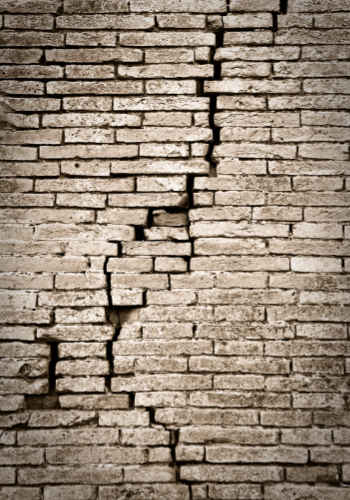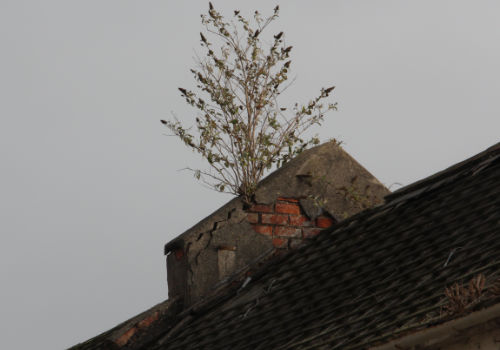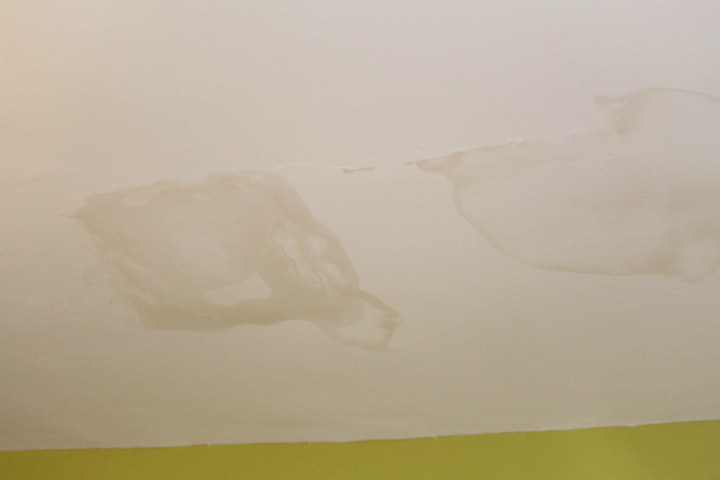Common House Defects
in Northern Ireland
As a Chartered Surveyor in Northern Ireland I come across lots of different house defects and I find that on many occasions surveyors talk to clients about these defects assuming the client knows exactly what they’re talking about.
But some of my clients have asked me to provide them with a little background on the most common house defects the affect houses in Northern Ireland.
The Most Common House Defects in NI:
Although there are literally hundreds of different defects that could affect your next (or current) home, the ones that tend to get the biggest reaction tend to be movement and damp. These two groups house lots of different sub-groups but that will become self evident as you read through them.
Movement:

I’ve no doubt that you’ll have heard of the terms settlement and subsidence. But do you know what the difference is between them from a property defect point of view? Don’t worry if you can’t I would imagine that very few people outside the surveying community really give this much thought.
In fact if you look up subsidence in the Oxford English Dictionary it will refer you to settlement and vice-versa. But the take home definition of both of them when thinking about houses is that both mean a property or part of a property is sinking.
- Settlement - settlement is where the building is sinking due to a failure in the fabric of the building.
- Subsidence - this is where the property or parts of it are sinking because of a failure in the ground.
The distinction is an important one as insurance policies tend to cover subsidence but not settlement.
There are other forms of movement that can affect your home but settlement and subsidence are the ones most people ask me about.
Damp:
As with ‘movement’, damp contains several subgroups as can bee see below.
- Rising Damp - rising damp problems are very common in properties in Northern Ireland thanks to out seemingly constant rainfall and damp cool conditions.
- Dry Rot - dampness in houses can lead to a number of issues but the one all homeowners fear is rot, with dry rot being potentially the worst and potentially the most expensive to remedy.
-
Wet Rot - wet rot is not as big a problem as dry rot but can still be costly to put right.
-
Condensation - another form of damp in houses is condensation and one that I believe is getting much more prevalent as we all try to make out homes more air-tight in these eco-conscious times.
- Black Mould - this is a consequence of dampness in homes and although primarily associated with condensation, it can occur in areas of penetrating damp as well.
Other Common House Defects:
- Home ventilation - as we all try to reduce our heating costs by making our homes more air-tight many of us are actually increasing the risk of black mould and condensation. So it’s important to understand the benefits of home ventilation.
- Eco-Friendly Houses - I wasn’t sure whether to put this in here or not (especially as I’m a bit of an eco nut) but it’s important to realise that not all your eco upgrades are as kind to your home as you might think.
- Cavity Wall Insulation Problems - Many homes in Northern Ireland are having cavity wall insulation added to existing empty cavities or having cavities topped up. But did you know that there are areas in Northern Ireland and the rest of the UK where it is not advisable to have this work carried out as it could be storing up future problems.
The defects mentioned above are only the tip of the iceberg and as you read through my articles you’ll come to realise that most building defects rarely occur in isolation, as one defect can cause another and so on. For example something as simple as a leaking gutter at roof level could cause penetrating damp, which could increase condensation which could cause black mould which could cause breathing issues for family members.
Trying to diagnose what’s causing one problem is rarely straight forward, which is why an RICS survey carried out by a chartered Surveyor is so useful when you’re considering spending potentially hundreds of thousands of pounds. We have years of experience diagnosing these defects. After all, would you have suspected that black mould could have been reduced by fixing a leaking gutter (as an example).
This is an ongoing section which I’ll add to as and when I can or if my readers ask me to cover a particular topic.
So if you’ve got some house defects that you think should be included in this section or if you’d just like to understand a little more, contact me here and I’ll try my best to get it added. -
Otherwise just keep checking back in to see the latest additions to this house defects section.
- Home Page. ›
- House Defects.





